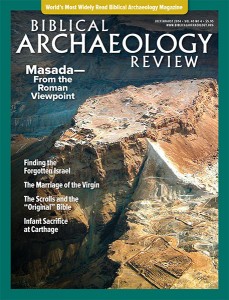Minimizing David, Maximizing Labayu

Israel Finkelstein’s The Forgotten Kingdom invites us to reconsider the archaeology and history of the northern kingdom of Israel in an effort to integrate the most recent textual and archaeological approaches. It is an ambitious work that few would attempt—or be capable of. Such an effort is commendable; this might be the first book-length treatment to try to give us an archaeological and Biblical text-critical synthesis of ancient Israel’s history.
Prior works on the archaeology of ancient Israel, which are now more than 20 years old, largely sought to catalog archaeological finds without rewriting or recasting the accepted historical narrative of the Bible for the Iron Age. Such approaches are unsatisfying for a lack of rigorous engagement with a wide range of methodologies common in Biblical studies. As he explains in the introduction, Finkelstein instead seeks to use archaeology to provide a sense of the historical development of the northern kingdom of Israel (the “forgotten” kingdom of his title), which lost much of its identity to Judah in the Biblical account. To do this, Finkelstein musters not only a wide geographical scope of data, but he also takes a longer historical perspective. He draws heavily on his own personal accomplishments, which are highlighted as “the personal perspective”—not only his excavations and surveys but more recently his “Exact Sciences” research initiative.
Already a library member? Log in here.
Institution user? Log in with your IP address.

